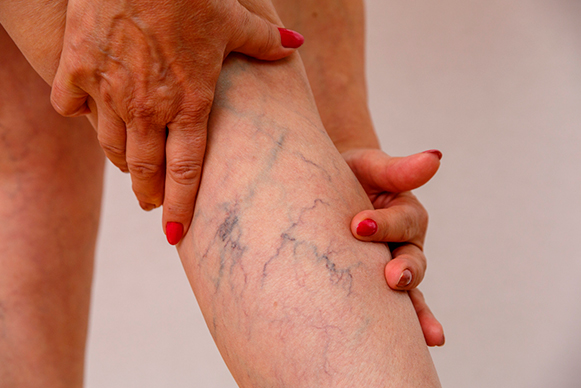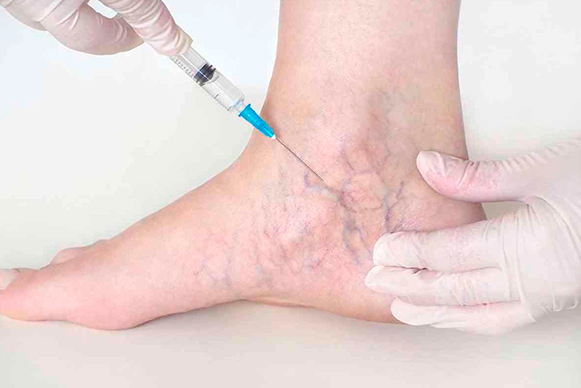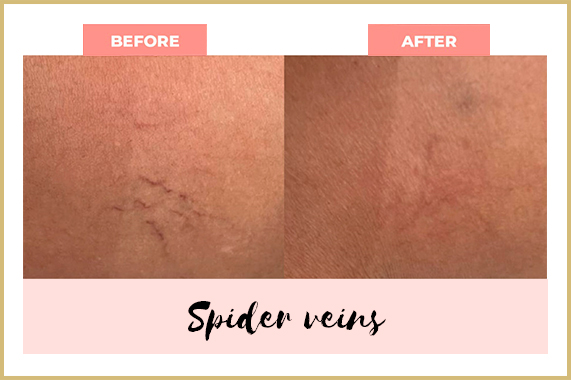Unit R-04, Marinascape Mall, Marina, Dubai, UAE
Unit R-04, Marinascape Mall, Marina, Dubai, UAE
Spider veins, also known as telangiectasias, are small, thin blood vessels that appear close to the surface of the skin, resembling spider webs or tree branches. They are usually red, blue, or purple in color and are commonly found on the legs, face, and other parts of the body. Spider veins are typically harmless but can be aesthetically bothersome for many individuals.
Several factors contribute to the development of spider veins. The primary cause is weakened or damaged valves within the veins, which prevent the proper flow of blood. Hormonal changes, such as those during pregnancy or menopause, can increase the risk of developing spider veins. Other factors include a family history of spider veins, obesity, prolonged standing or sitting, and certain medical conditions like blood clots or liver disease.

At drypSKin, we offer effective treatment options for spider vein removal. One popular method is sclerotherapy, which involves injecting a solution into the affected veins, causing them to collapse and fade over time. Laser therapy is another option, utilizing focused laser energy to target and destroy the spider veins.

It is advisable to consult a doctor if spider veins cause pain, discomfort, or swelling, or if there are any concerns about their appearance. Additionally, individuals with a history of blood clotting disorders or other significant medical conditions should seek medical attention.

The benefits of spider vein removal extend beyond cosmetic improvement. Treatment can alleviate symptoms like pain, aching, and itching associated with spider veins. It also promotes better circulation and may prevent the development of complications such as blood clots or ulcers.
In most cases, spider veins are benign and not indicative of a serious health issue. However, they can be associated with certain conditions, and it's best to consult a healthcare professional for a proper evaluation.
The treatment procedures for spider vein removal are generally well-tolerated and minimally invasive. Some individuals may experience mild discomfort during the procedure, but it is usually temporary.
The timeline for results can vary depending on the treatment method used and the individual's response. In general, it may take a few weeks to several months to see significant improvements in the appearance of spider veins.
Side effects are typically mild and temporary. They may include bruising, swelling, redness, or slight skin discoloration at the treatment site. These effects usually resolve on their own within a few days or weeks.
While spider veins that have been successfully treated are unlikely to reappear, new spider veins may develop over time. It's important to maintain a healthy lifestyle, including regular exercise and avoiding prolonged sitting or standing, to minimize the risk of new spider vein formation.